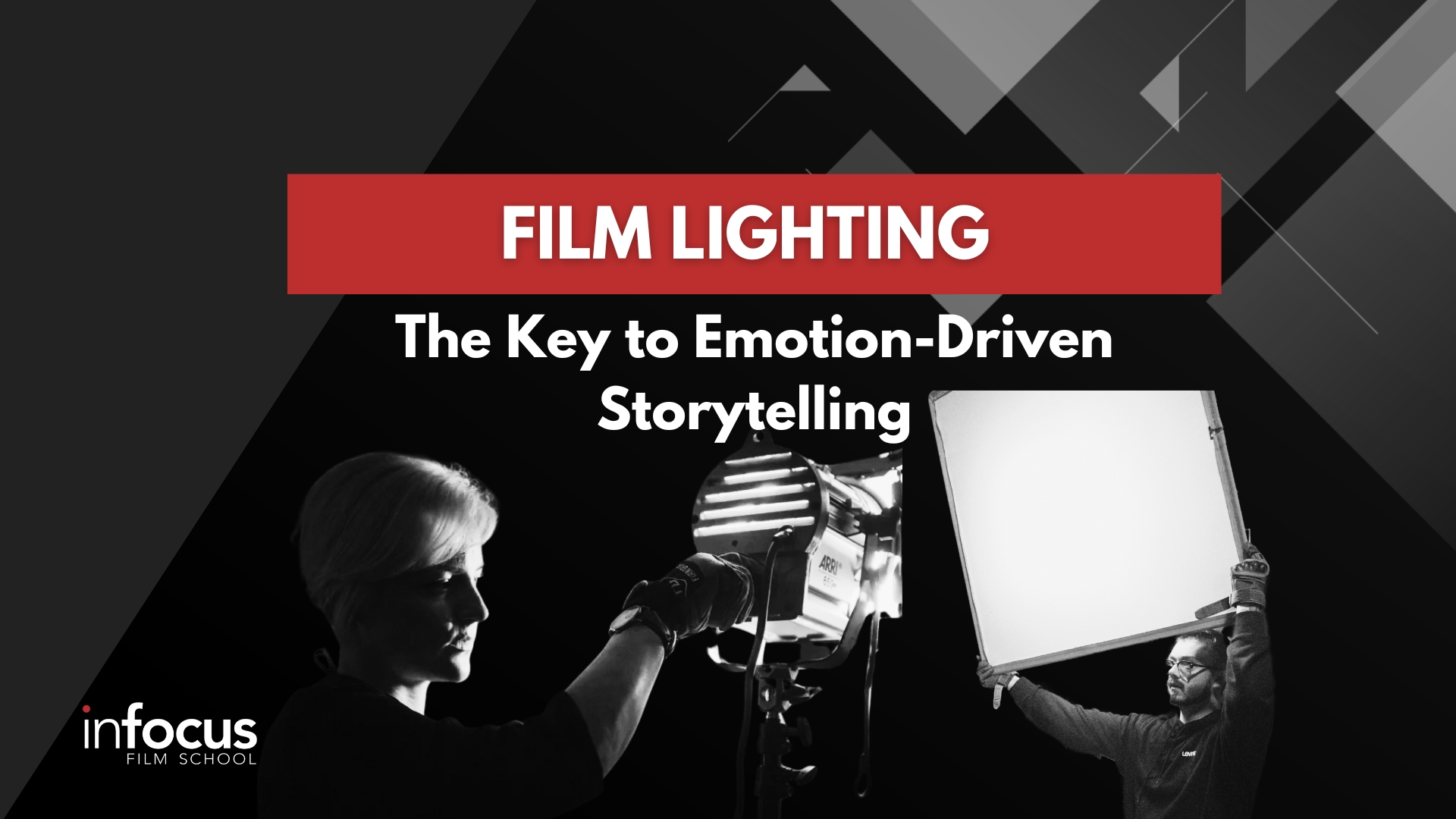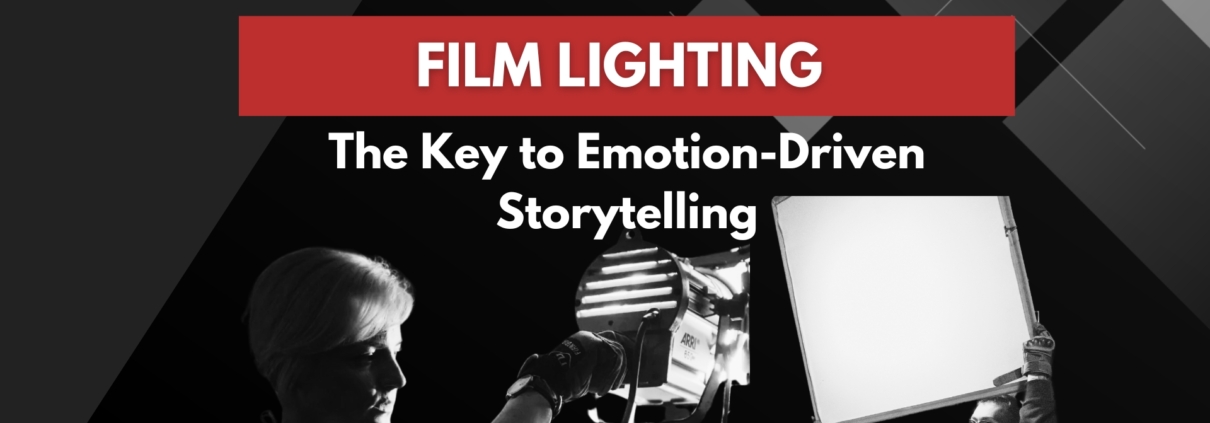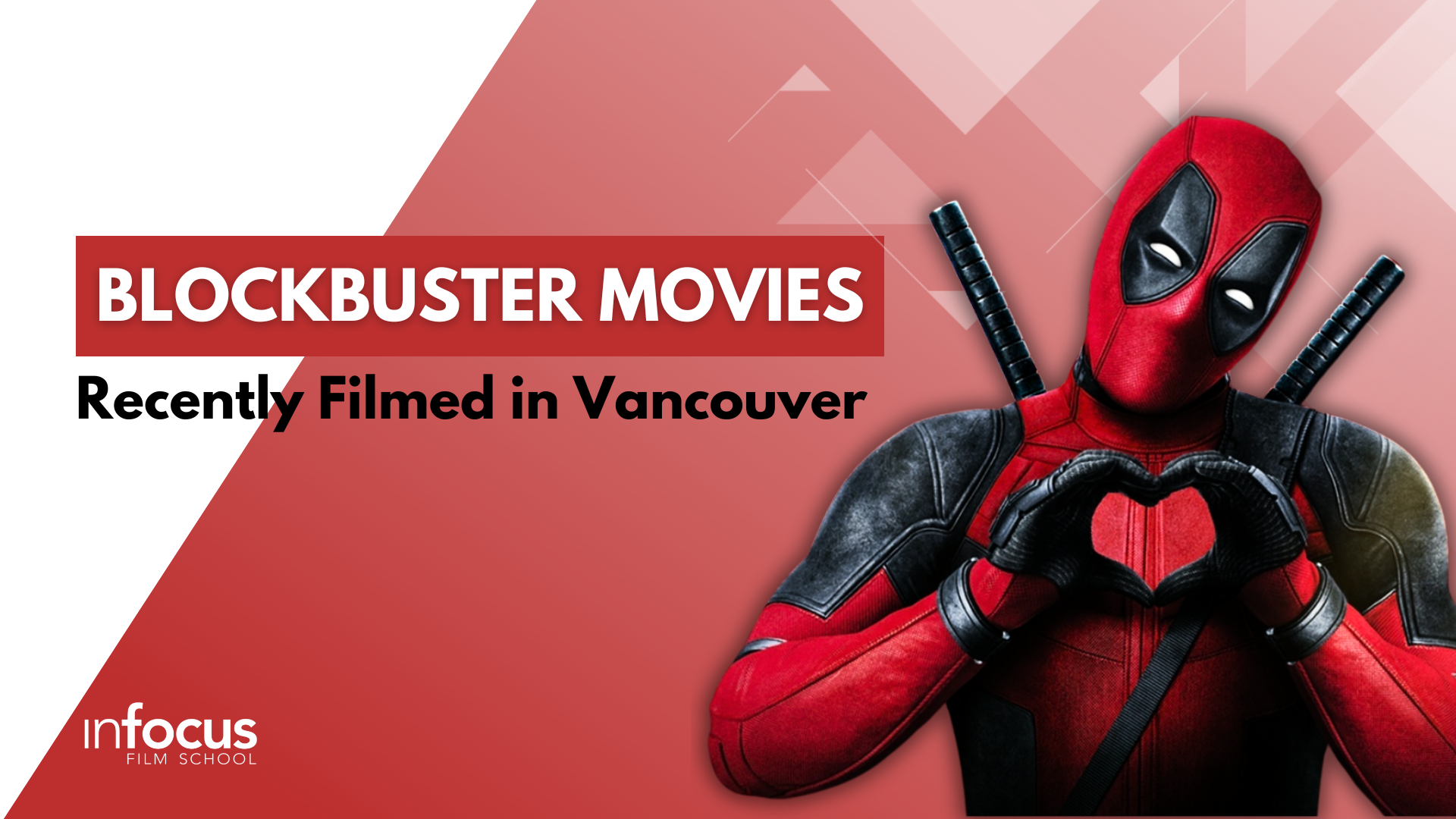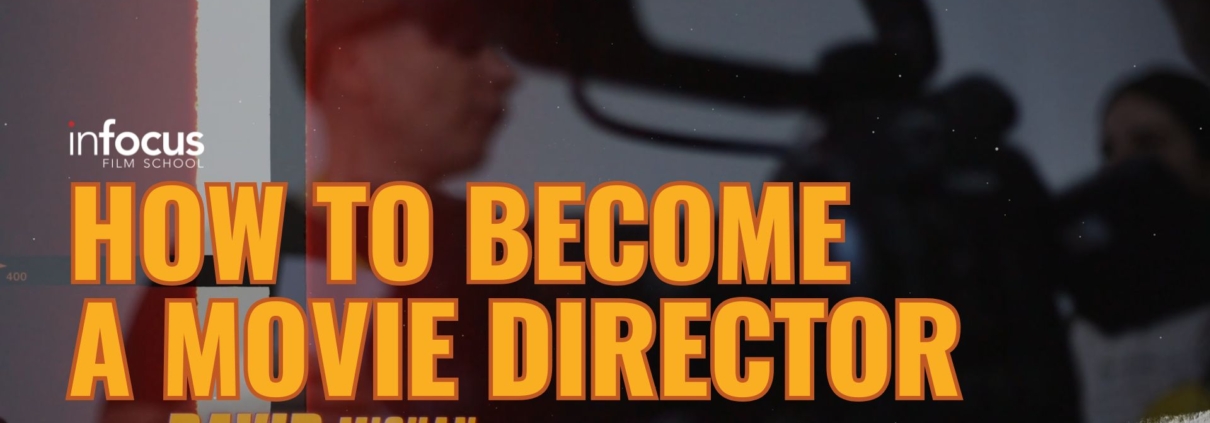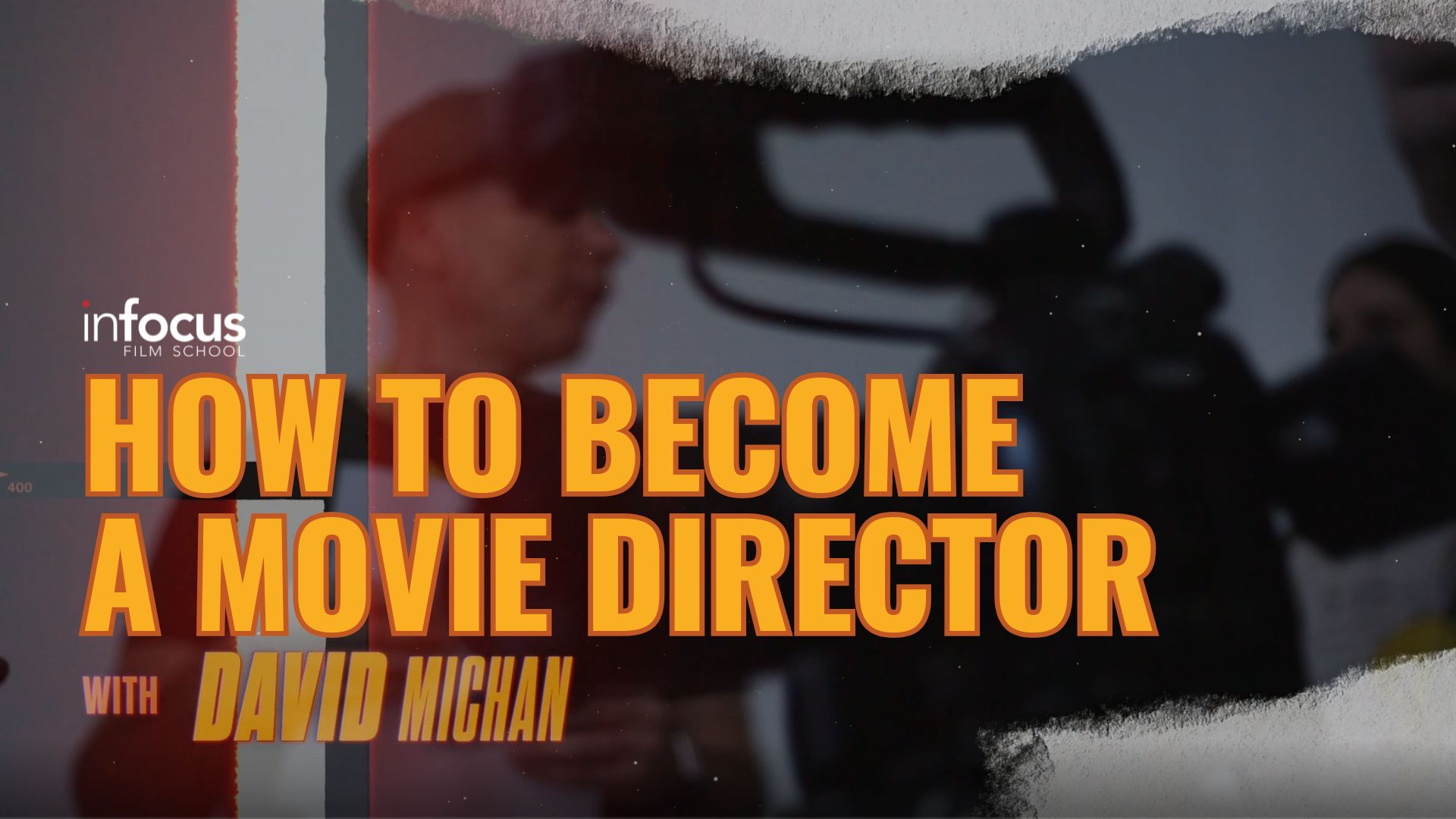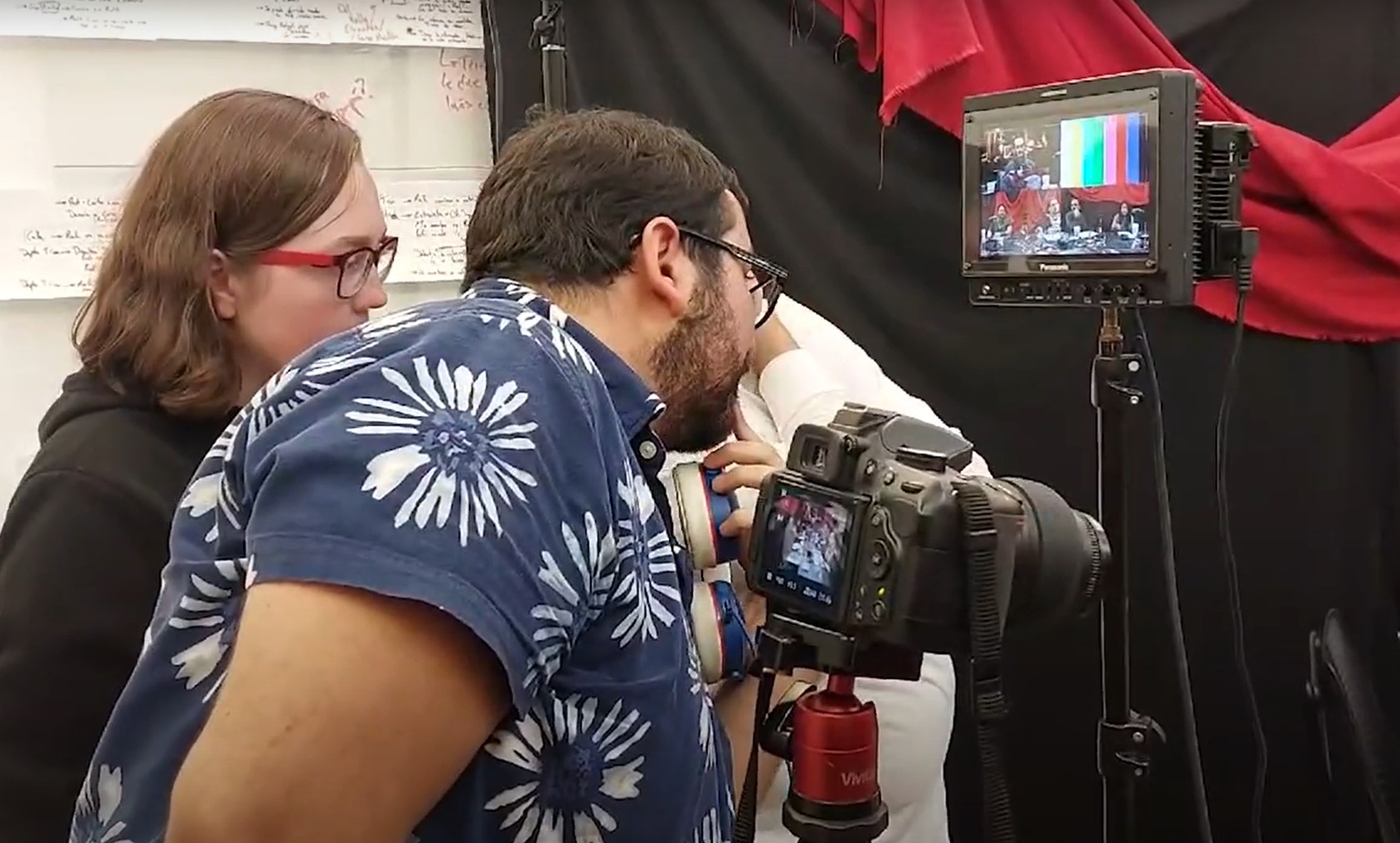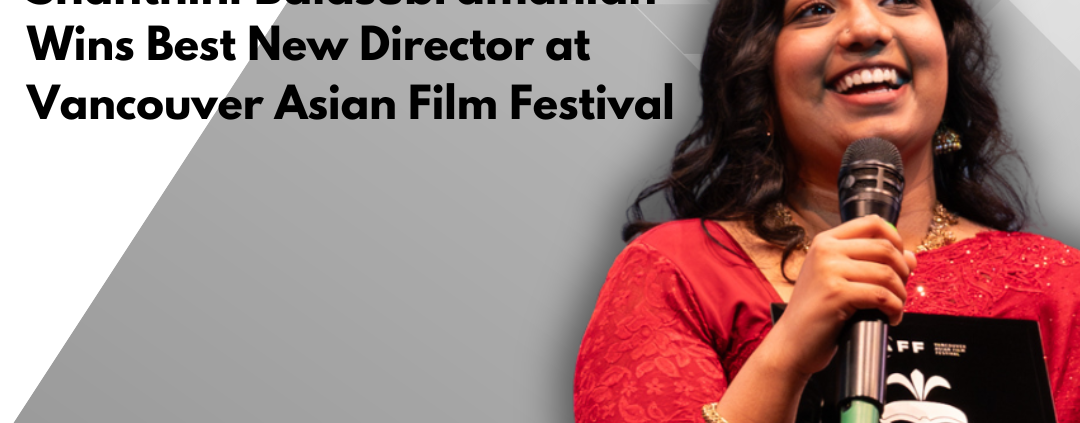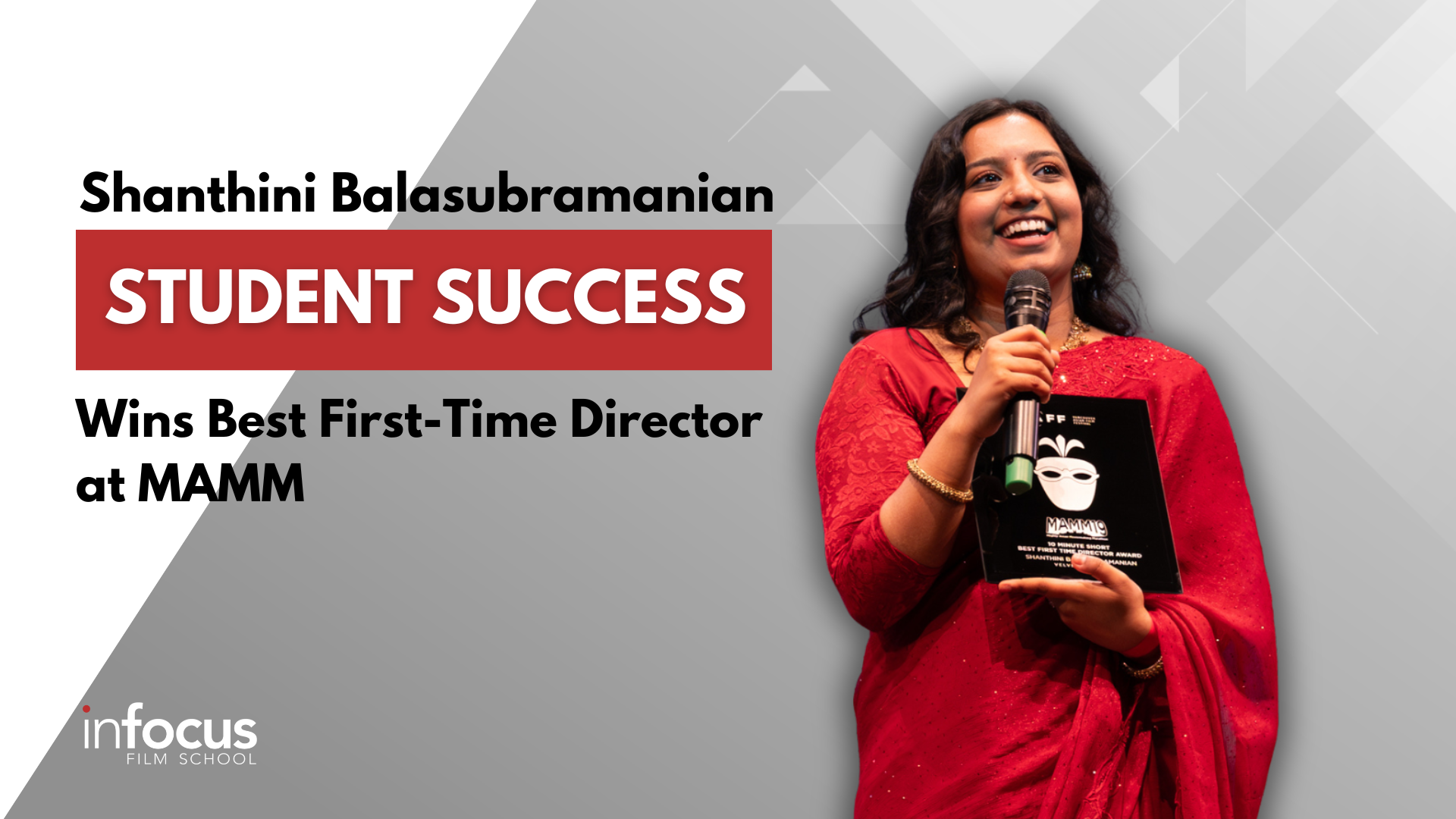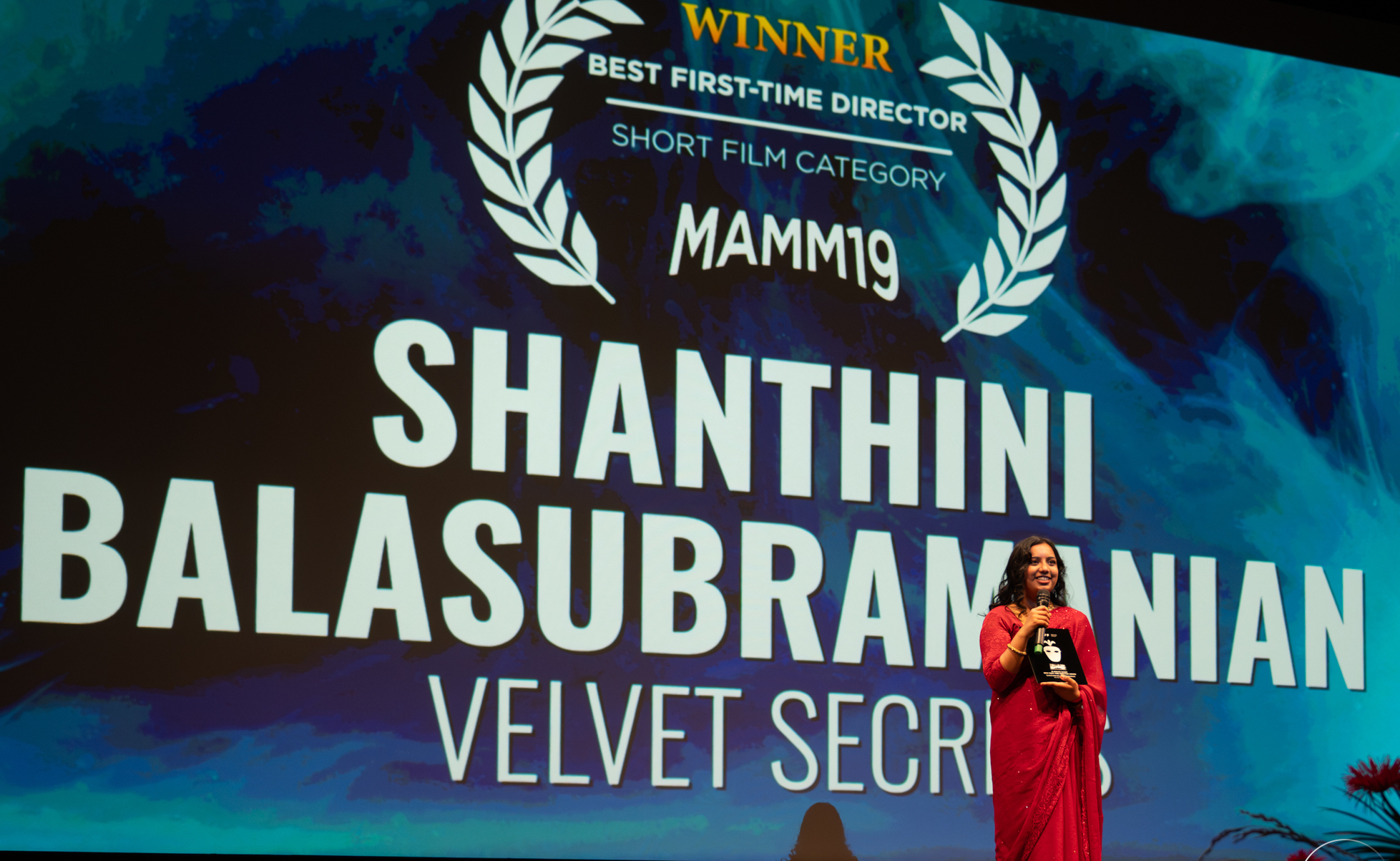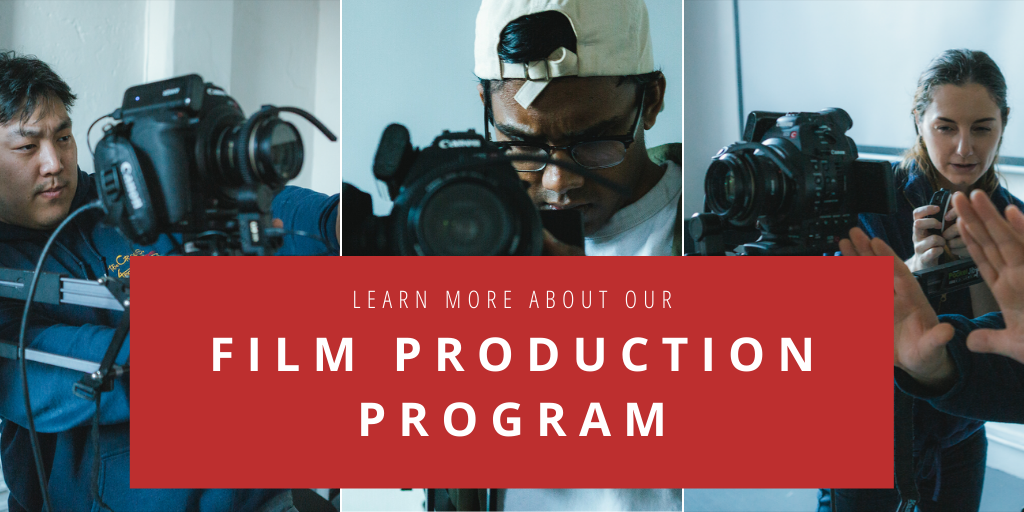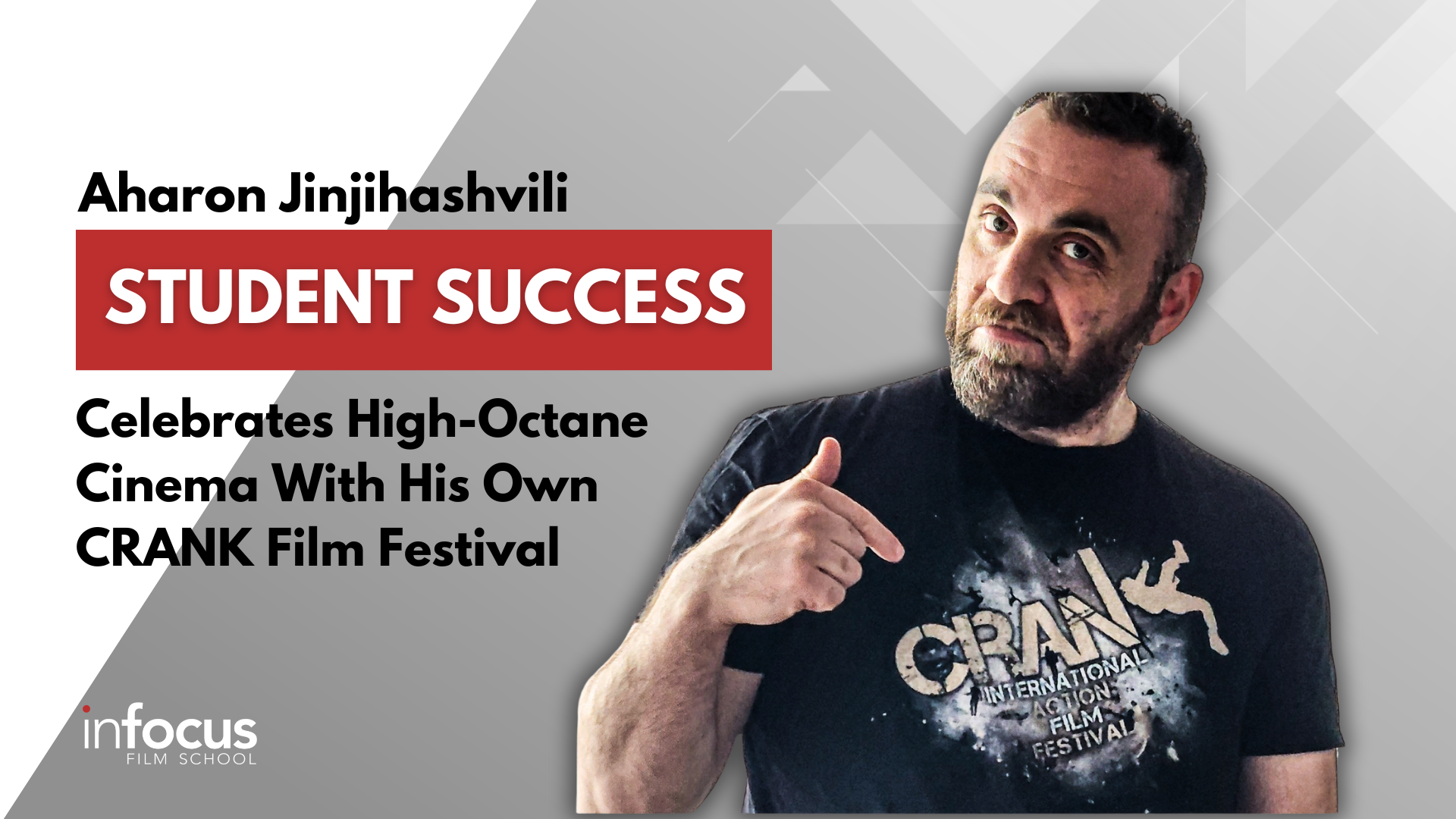
Linda St. Pierre, a graduate of InFocus Film School’s Writing for Film and Television Program, is a shining example of what determination, talent, and passion can achieve. A proud member of the Dënesłiné First Nation from Lac Brochet, Manitoba, Linda has turned her love for storytelling into a flourishing career in the film and television industry. Her journey from an aspiring writer to a producer of her own work is an inspiring tale of breaking barriers and championing Indigenous narratives. As an Indigenous screenwriter, Linda’s work serves as a powerful voice for her community.
A Unique Background and Drive for Storytelling
Before joining InFocus, Linda had already made strides in the entertainment industry. She attended the Vancouver Film School’s Acting Program, a scholarship opportunity provided by Kevin Smith of the famous Jay & Silent Bob duo. Her experience there solidified her desire to bring Indigenous stories to the forefront of film and television.
“I was so encouraged to go into writing because of my stories, Indigenous identity, and wanting to fight for more Dene stories in film and television,” Linda explains. Her mission is clear: to introduce the Dene language and culture into mainstream media, making it accessible and relatable to wider audiences.
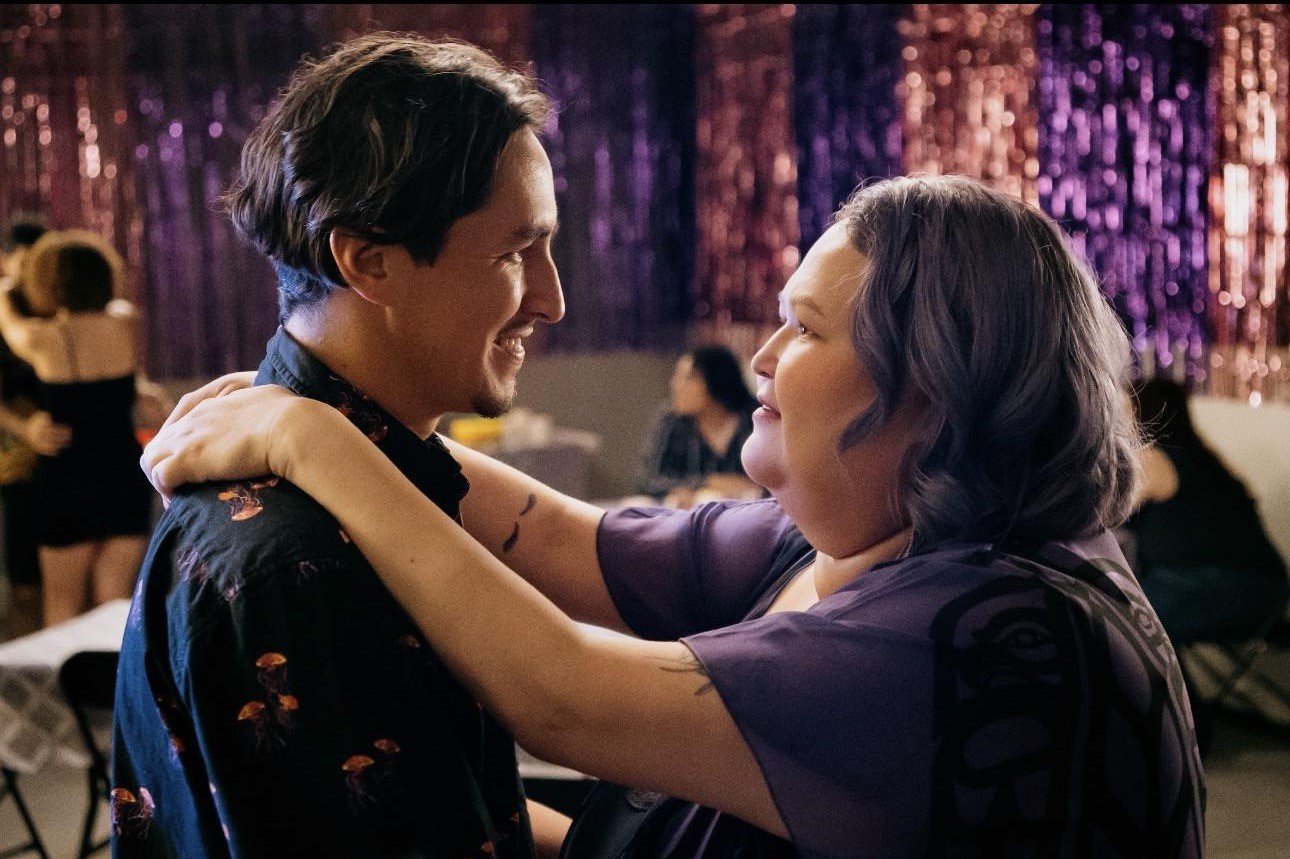
Still from Linda St. Pierre’s film ‘Choices’
Producing “Choices”: A Film Born in the Writing for Film and Television Program
Linda’s short film, Choices, began as a script she developed during her time in the Writing for Film and Television Program. The film explores themes of first love, loss, addiction, and redemption. “It’s my proof-of-concept project that deals with how much addiction can ruin your life and the manipulation it comes with,” she says. Inspired by her own experiences, Linda’s story is both deeply personal and universally resonant.
The journey from script to screen was not without challenges. Linda collaborated with co-writer Jinjara Mitchell to refine the script, following advice from her instructors to create a powerful short film without giving away the entire story. The result is a compelling proof-of-concept that sets the stage for a feature-length production. “We filmed this in the fall of 2023 and completed post-production. Now, we’re getting ready for festival submissions,” she shares enthusiastically.
Support and Growth at InFocus
Linda credits the instructors at InFocus Film School for helping her shape her script and elevate her storytelling. “I had a lot of good feedback, and sometimes it was hard because it’s Indigenous storytelling,” she recalls. One of her instructors, Mary Frymire, became a pivotal mentor. Mary’s appreciation for Indigenous documentary storytelling encouraged Linda to pursue larger projects, including Bẵts’ủnẽ Yìneshą (His Grandmother Raised Him), an animated documentary partnered with CBC.
Through InFocus, Linda was introduced to Alanis Obomsawin, a legendary Indigenous documentary filmmaker. Alanis became a producer mentor for Linda’s documentary, guiding her as she brought her stories to life. This mentorship has been instrumental in Linda’s career, helping her navigate the complexities of production while staying true to her cultural roots.
Transitioning from Writing to Production
Moving into the realm of production was a natural progression for Linda. Grants and a strong production team helped her bring her vision for Choices to life. As the film nears completion, she’s excited to submit it to festivals and share her story with the world.
Linda’s work extends beyond her own projects. She has collaborated with industry heavyweights like Marie Clements Media and Screen Siren Pictures on the feature film and limited series Bones of Crows. These experiences have broadened her horizons and deepened her understanding of the film industry.
Advice for Aspiring Indigenous Screenwriters
For up-and-coming screenwriters, Linda has valuable advice: “Take as many film labs and writing labs as you can. It helps you make connections in the business and fight for your story and voice in your work.”
Since graduating from InFocus, Linda has participated in numerous film labs and worked on high profile projects. She launched her own productions under her banner, Phoenix Skye Productions Inc.
Looking Ahead
As Choices prepares to enter the festival circuit, Linda’s career continues to gain momentum. With multiple projects in development and a clear vision for bringing Indigenous stories to film and television, she is paving the way for future generations. Her journey demonstrates the transformative power of education, mentorship, and unwavering dedication to one’s craft.
Linda St. Pierre’s story is not just about personal success but about creating space for underrepresented voices in the film industry. Through her work, she is ensuring that Indigenous stories are not only told but celebrated.
